
American Covers, Inc. dba Handstands
102 West 12200 South
84020 Draper
United States
Telephone: 1-800-228-8987 Hours: 8AM-5PM MST
E-mail: [email protected]
For full text of abbreviations: see SECTION 16.
Adverse health effects are not reasonably expected from normal use of product. This mixture does not contain any sub-
stances that are assessed to be a PBT or a vPvB.
SECTION 1: Identification
1.1 Product identifier
Trade name Refresh Dual Vent Sticks - New Car/Cool Breeze
Alternative number(s) 09578
1.2 Relevant identified uses of the substance or mixture and uses advised against
Relevant identified uses Consumer Use (Car Air Freshener)
1.3 Details of the supplier of the safety data sheet
1.4 Emergency telephone number
Emergency information service +1 877-426-3782
SECTION 2: Hazard(s) identification
2.1 Classification of the substance or mixture
Classification acc. to OSHA "Hazard Communication Standard" (29 CFR 1910.1200)
Skin sensitization.
Skin Sens. 1. H317.
Additional information
2.2 Label elements
Labelling acc. to OSHA "Hazard Communication Standard" (29 CFR 1910.1200)
- Signal word Warning
- Pictograms
- Hazard statements
H317 May cause an allergic skin reaction.
- Precautionary statements
P261 Avoid breathing dust/fume/gas/mist/vapors/spray.
P280 Wear protective gloves/eye protection/face protection.
P302+P352 IF ON SKIN: Wash with plenty of water.
P321 Specific treatment (see on this label).
P333+P313 If skin irritation or rash occurs: Get medical advice/attention.
P362+P364 Take off contaminated clothing and wash it before reuse.
P501 Dispose of contents/container in accordance with local/regional/national/international regula-
tions.
Safety Data Sheet
acc. to 29 CFR 1910.1200 App D
Version number: 1.0 Date of compilation: 2016-01-22
United States: en
HS 181 SDS-02:
Page: 1 / 10
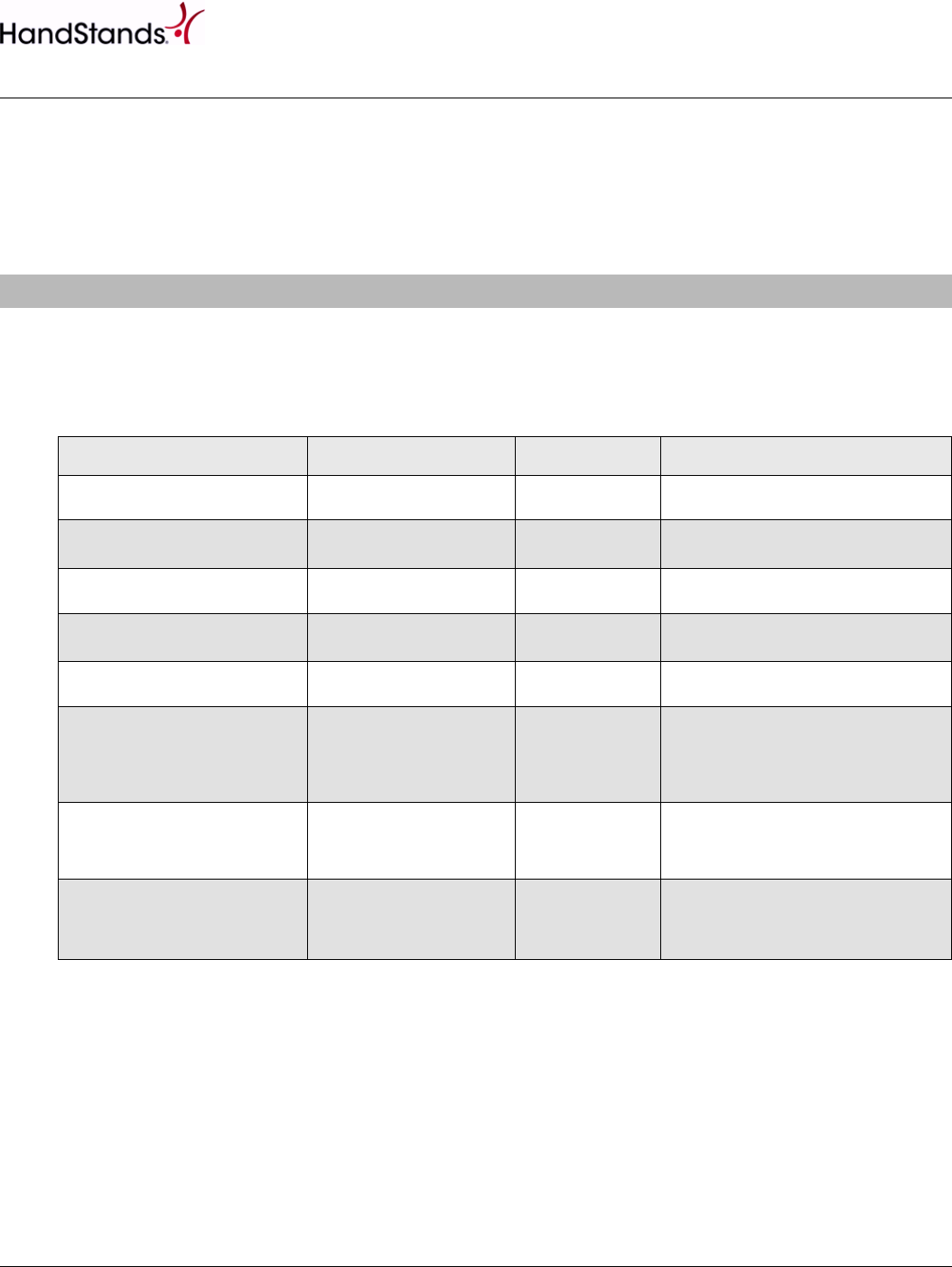
of no significance
Not relevant (mixture)
For full text of abbreviations: see SECTION 16.
- Hazardous ingredients for labelling
Tetramethyl Acetyloctahydronaphthalenes, Hexyl cinnamalde-
hyde, Eugenia caryophyllus (Clove) leaf oil
2.3 Other hazards
Hazards not otherwise classified
Toxic to aquatic life (GHS category 2: aquatic toxicity - acute).
SECTION 3: Composition/information on ingredients
3.1 Substances
3.2 Mixtures
Description of the mixture
Name of substance Identifier Wt% Classification acc. to GHS
benzyl benzoate CAS No
120-51-4
5 - < 10 Acute Tox. 4 / H302
Tetrahydrolinalool CAS No
78-69-3
1 - < 5 Skin Irrit. 2 / H315
Eye Irrit. 2 / H319
Hexyl salicylate CAS No
6259-76-3
1 - < 5 Skin Irrit. 2 / H315
Skin Sens. 1 / H317
Tetramethyl Acetyloctahy-
dronaphthalenes
CAS No
54464-57-2
1 - < 5 Skin Sens. 1 / H317
Hexyl cinnamaldehyde CAS No
101-86-0
< 1 Skin Sens. 1B / H317
2-(4-tert-butylbenzyl)propionalde-
hyde
CAS No
80-54-6
< 1 Flam. Liq. 4 / H227
Acute Tox. 4 / H302
Skin Irrit. 2 / H315
Skin Sens. 1B / H317
Repr. 2 / H361f
coumarin CAS No
91-64-5
< 1 Acute Tox. 3 / H301
Acute Tox. 3 / H311
Acute Tox. 3 / H331
Skin Sens. 1 / H317
Eugenia caryophyllus (Clove) leaf
oil
CAS No
8000-34-8
< 1 Skin Irrit. 2 / H315
Eye Irrit. 2 / H319
Skin Sens. 1 / H317
Asp. Tox. 1 / H304
Safety Data Sheet
acc. to 29 CFR 1910.1200 App D
Version number: 1.0 Date of compilation: 2016-01-22
United States: en
HS 181 SDS-02:
Page: 2 / 10
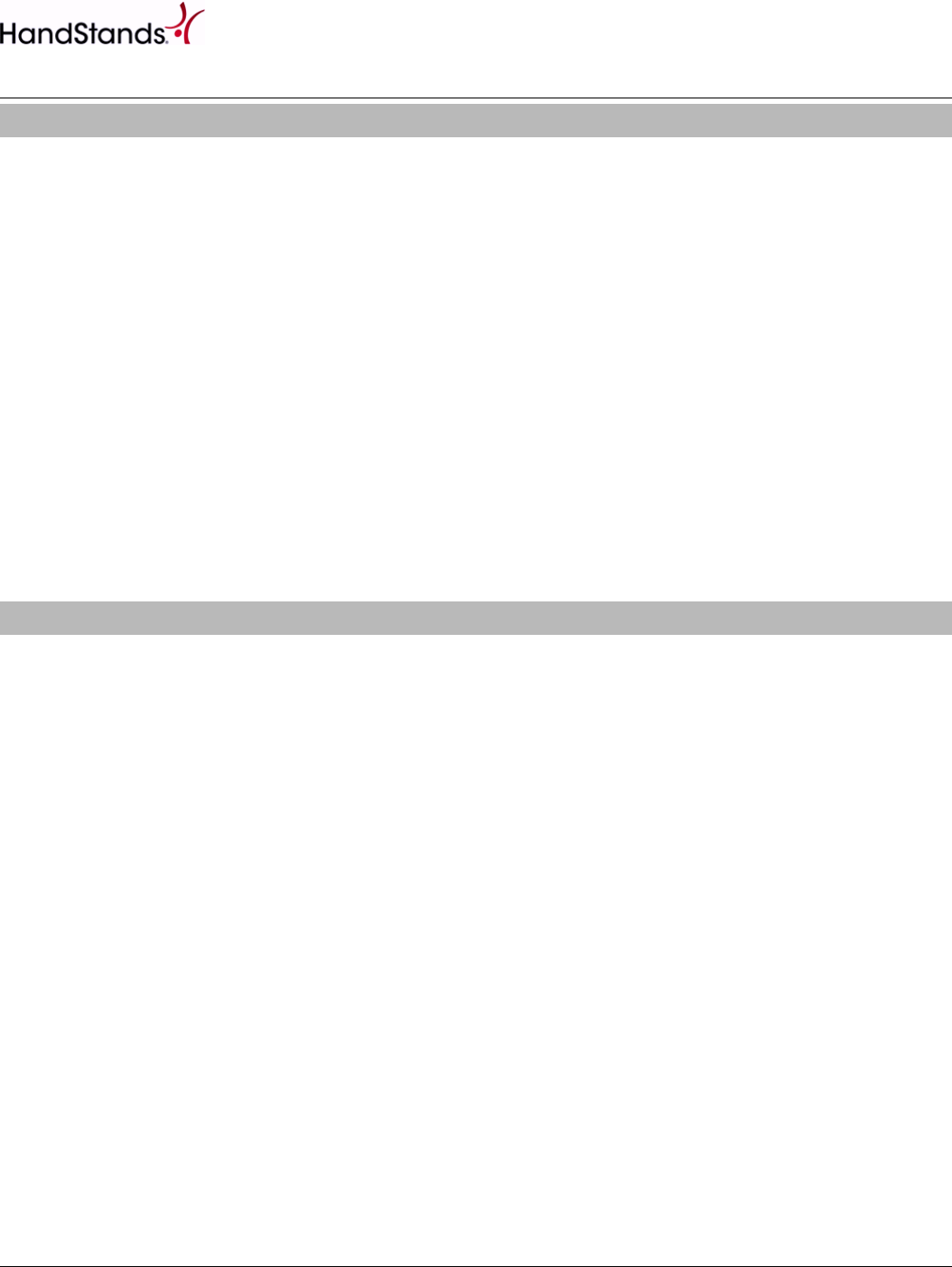
Do not leave affected person unattended. Remove victim out of the danger area. Keep affected person warm, still and
covered. Take off immediately all contaminated clothing. In all cases of doubt, or when symptoms persist, seek medical
advice. In case of unconsciousness place person in the recovery position. Never give anything by mouth.
If breathing is irregular or stopped, immediately seek medical assistance and start first aid actions. Provide fresh air.
Brush off loose particles from skin. Rinse skin with water/shower.
Remove contact lenses, if present and easy to do. Continue rinsing. Irrigate copiously with clean, fresh water for at least
10 minutes, holding the eyelids apart.
Rinse mouth with water (only if the person is conscious). Do NOT induce vomiting. Call a physician immediately.
Symptoms and effects are not known to date.
none
Water, Foam, Alcohol resistant foam, ABC-powder
Water jet
Deposited combustible dust has considerable explosion potential.
Nitrogen oxides (NOx), Carbon monoxide (CO), Carbon dioxide (CO2)
In case of fire and/or explosion do not breathe fumes. Co-ordinate firefighting measures to the fire surroundings. Do not
allow firefighting water to enter drains or water courses. Collect contaminated firefighting water separately. Fight fire
with normal precautions from a reasonable distance.
SECTION 4: First-aid measures
4.1 Description of firs- aid measures
General notes
Following inhalation
Following skin contact
Following eye contact
Following ingestion
4.2 Most important symptoms and effects, both acute and delayed
4.3 Indication of any immediate medical attention and special treatment needed
SECTION 5: Fire-fighting measures
5.1 Extinguishing media
Suitable extinguishing media
Unsuitable extinguishing media
5.2 Special hazards arising from the substance or mixture
Hazardous combustion products
5.3 Advice for firefighters
Safety Data Sheet
acc. to 29 CFR 1910.1200 App D
Version number: 1.0 Date of compilation: 2016-01-22
United States: en
HS 181 SDS-02:
Page: 3 / 10

Remove persons to safety.
Wear breathing apparatus if exposed to vapors/dust/aerosols/gases.
Keep away from drains, surface and ground water. Retain contaminated washing water and dispose it.
Covering of drains, Take up mechanically
Take up mechanically.
Place in appropriate containers for disposal. Ventilate affected area.
Hazardous combustion products: see section 5. Personal precautions: see section 8. Incompatible materials: see section
10. Disposal considerations: see section 13.
Use local and general ventilation. Take precautionary measures against static discharge. Use only in well-ventilated areas.
Ground/bond container and receiving equipment.
Dust deposits may accumulate on all deposition surfaces in a technical room. The product in the delivered form is not
dust explosion capable; the enrichment of fine dust however leads to the danger of dust explosion.
Wash hands after use. Do not to eat, drink and smoke in work areas. Remove contaminated clothing and protective
equipment before entering eating areas. Never keep food or drink in the vicinity of chemicals. Never place chemicals in
containers that are normally used for food or drink. Keep away from food, drink and animal feedingstuffs.
Removal of dust deposits.
Heat, High temperatures
SECTION 6: Accidental release measures
6.1 Personal precautions, protective equipment and emergency procedures
For non-emergency personnel
For emergency responders
6.2 Environmental precautions
6.3 Methods and material for containment and cleaning up
Advices on how to contain a spill
Advices on how to clean up a spill
Other information relating to spills and releases
6.4 Reference to other sections
SECTION 7: Handling and storage
7.1 Precautions for safe handling
Recommendations
- Measures to prevent fire as well as aerosol and dust generation
- Specific notes/details
Advice on general occupational hygiene
7.2 Conditions for safe storage, including any incompatibilities
Managing of associated risks
- Explosive atmospheres
Control of the effects
Protect against external exposure, such as
Safety Data Sheet
acc. to 29 CFR 1910.1200 App D
Version number: 1.0 Date of compilation: 2016-01-22
United States: en
HS 181 SDS-02:
Page: 4 / 10
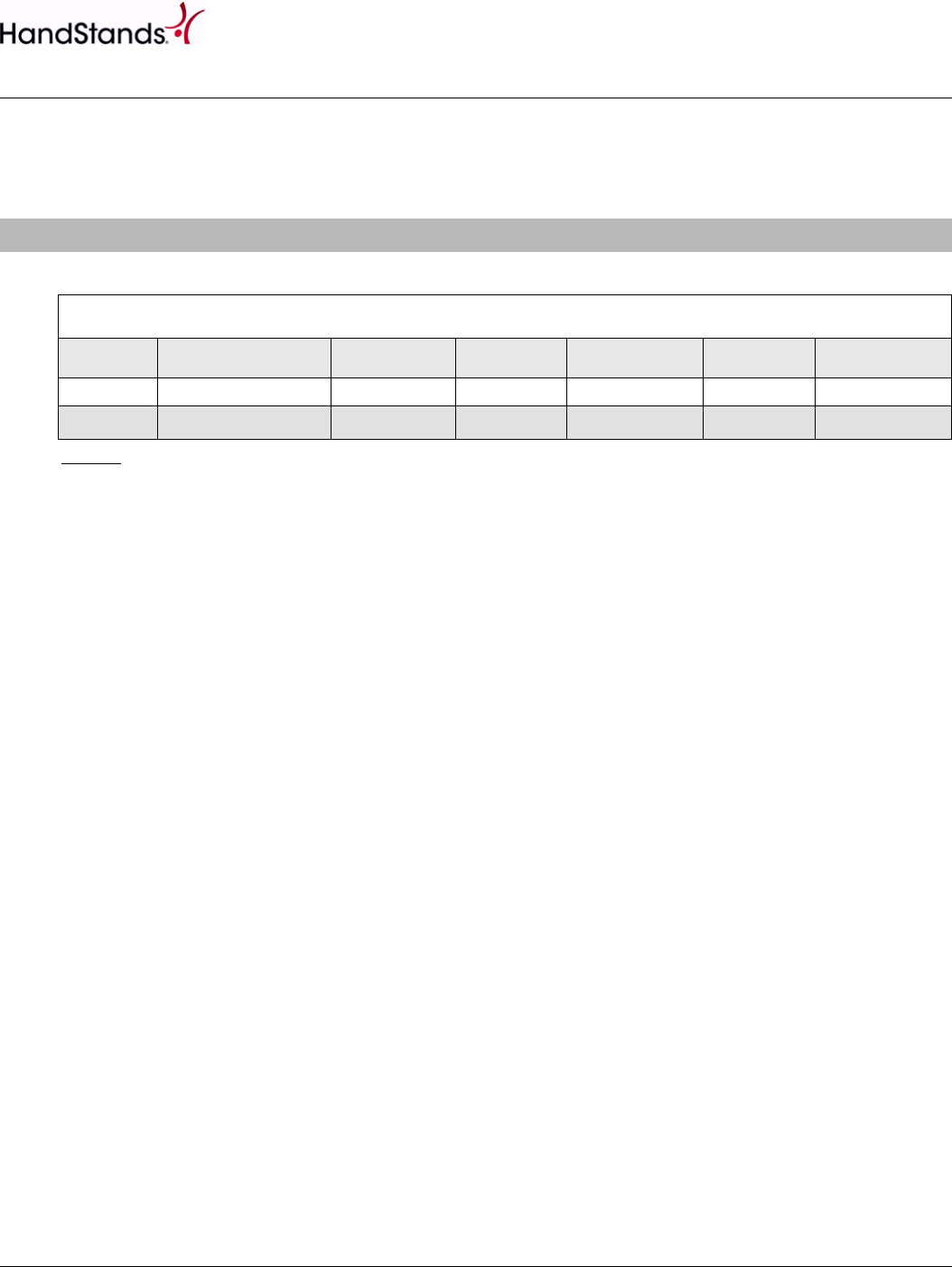
Use local and general ventilation.
See section 16 for a general overview.
General ventilation.
Wear eye/face protection.
Wear protective gloves.
Take recovery periods for skin regeneration. Preventive skin protection (barrier creams/ointments) is recommended.
Wash hands thoroughly after handling.
Particulate filter device (EN 143).
Use appropriate container to avoid environmental contamination. Keep away from drains, surface and ground water.
- Ventilation requirements
7.3 Specific end use(s)
SECTION 8: Exposure controls/personal protection
8.1 Control parameters
Occupational exposure limit values (Workplace Exposure Limits)
Country CAS No Identifier TWA [ppm] TWA [mg/m³] STEL [ppm] STEL [mg/m³]
US PEL 1,766 15
US PEL 529.5 5
Notation
STEL short-term exposure limit: a limit value above which exposure should not occur and which is related to a 15-minute period unless
otherwise specified
TWA time-weighted average (long-term exposure limit): measured or calculated in relation to a reference period of 8 hours time-weighted
average
8.2 Exposure controls
Appropriate engineering controls
Individual protection measures (personal protective equipment)
Eye/face protection
Skin protection
- Hand protection
- Other protection measures
Respiratory protection
Environmental exposure controls
Safety Data Sheet
acc. to 29 CFR 1910.1200 App D
Version number: 1.0 Date of compilation: 2016-01-22
United States: en
HS 181 SDS-02:
Page: 5 / 10
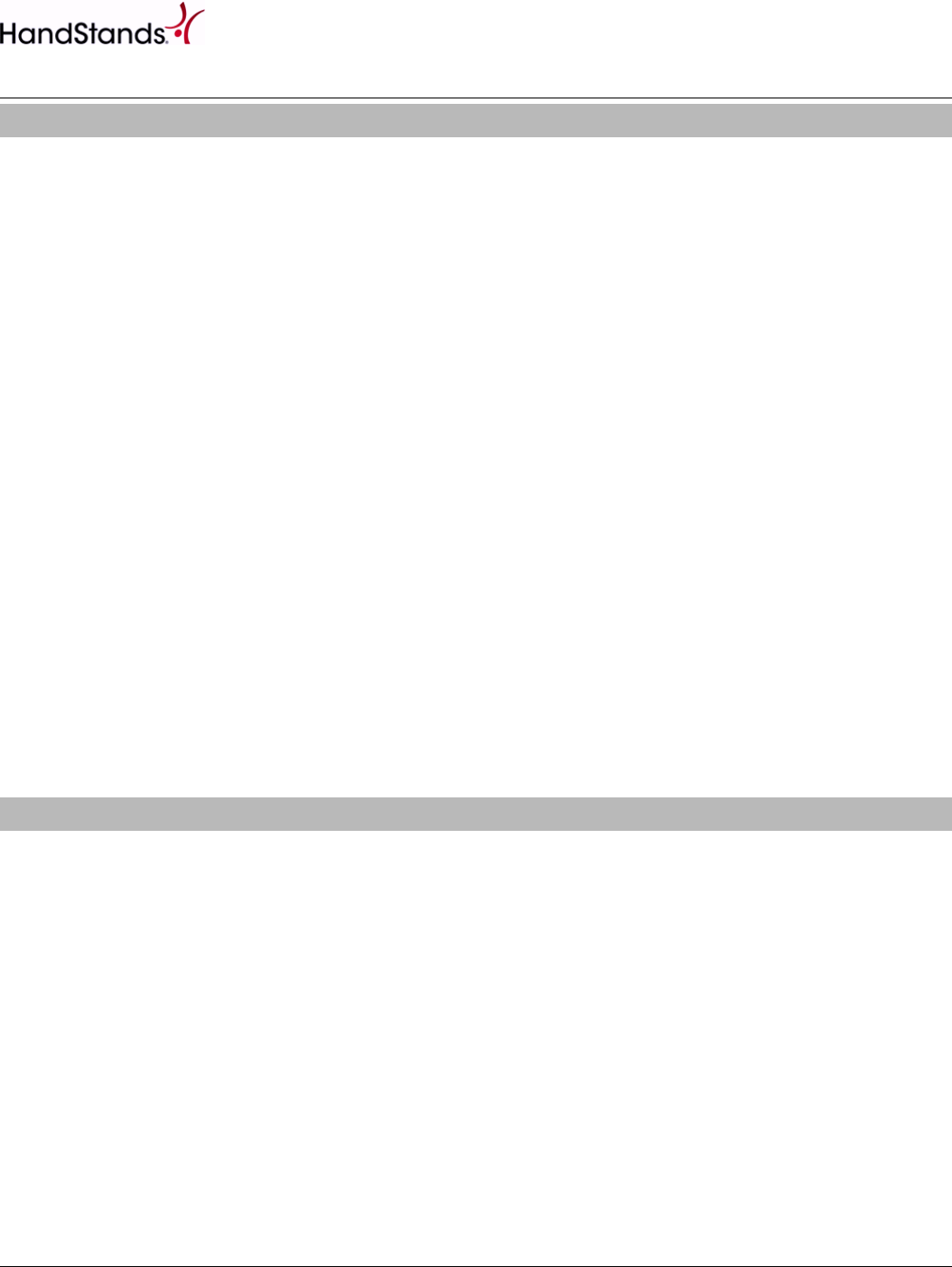
Concerning incompatibility: see below "Conditions to avoid" and "Incompatible materials".
See below "Conditions to avoid".
No known hazardous reactions.
There are no specific conditions known which have to be avoided.
SECTION 9: Physical and chemical properties
9.1 Information on basic physical and chemical properties
Physical state solid
Color Conforms to Standard
Odor Conforms to standard
- PH (value) not determined
Melting point/freezing point not determined
Initial boiling point and boiling range not determined
Flash point not applicable
Evaporation rate not determined
Flammability (solid, gas) not determined
Explosion limits of dust clouds not determined
Vapor pressure not determined
Density not determined
Vapor density this information is not available
Relative density information on this property is not available
Solubility(ies) not determined
Partition coefficient not determined
Auto-ignition temperature not determined
Viscosity not relevant solid matter
Explosive properties none
Oxidizing properties none
SECTION 10: Stability and reactivity
10.1 Reactivity
10.2 Chemical stability
10.3 Possibility of hazardous reactions
10.4 Conditions to avoid
Safety Data Sheet
acc. to 29 CFR 1910.1200 App D
Version number: 1.0 Date of compilation: 2016-01-22
United States: en
HS 181 SDS-02:
Page: 6 / 10
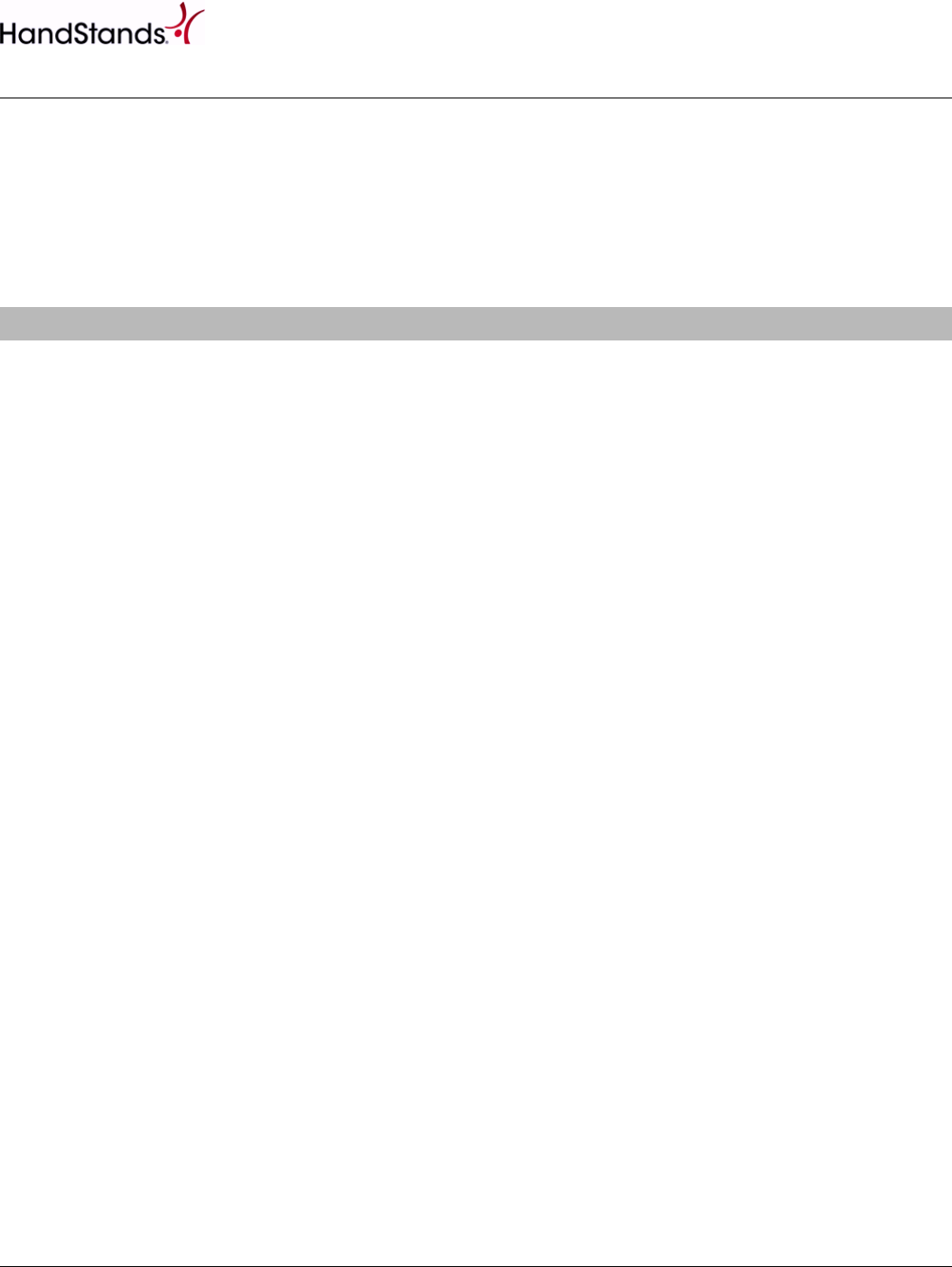
The product in the delivered form is not dust explosion capable; the enrichment of fine dust however leads to the danger
of dust explosion.
Oxidizers
Reasonably anticipated hazardous decomposition products produced as a result of use, storage, spill and heating are not
known. Hazardous combustion products: see section 5.
Test data are not available for the complete mixture.
The method for classification of the mixture is based on ingredients of the mixture (additivity formula).
Shall not be classified as acutely toxic.
Shall not be classified as corrosive/irritant to skin.
Shall not be classified as seriously damaging to the eye or eye irritant.
May cause an allergic skin reaction.
Shall not be classified as germ cell mutagenic.
Shall not be classified as carcinogenic.
Shall not be classified as a reproductive toxicant.
Shall not be classified as a specific target organ toxicant (single exposure).
Shall not be classified as a specific target organ toxicant (repeated exposure).
Shall not be classified as presenting an aspiration hazard.
Hints to prevent fire or explosion
10.5 Incompatible materials
10.6 Hazardous decomposition products
SECTION 11: Toxicological information
11.1 Information on toxicological effects
Classification procedure
Classification acc. to OSHA "Hazard Communication Standard" (29 CFR 1910.1200)
Acute toxicity
Skin corrosion/irritation
Serious eye damage/eye irritation
Respiratory or skin sensitization
Germ cell mutagenicity
Carcinogenicity
Reproductive toxicity
Specific target organ toxicity - single exposure
Specific target organ toxicity - repeated exposure
Aspiration hazard
Safety Data Sheet
acc. to 29 CFR 1910.1200 App D
Version number: 1.0 Date of compilation: 2016-01-22
United States: en
HS 181 SDS-02:
Page: 7 / 10
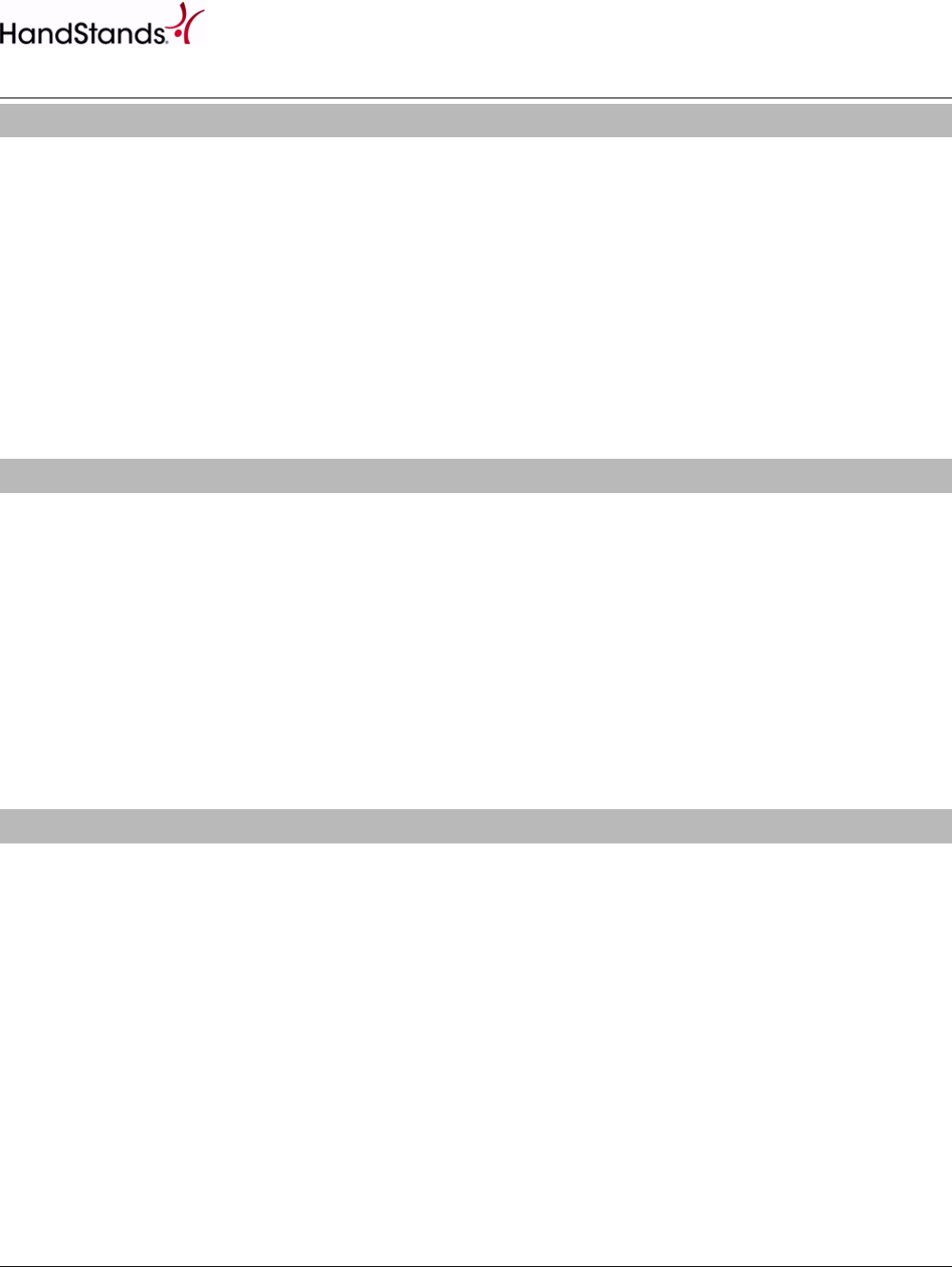
Toxic to aquatic life.
Data are not available
Data are not available.
Data are not available.
Data are not available.
Do not empty into drains. Avoid release to the environment. Refer to special instructions/safety data sheets.
Completely emptied packages can be recycled. Handle contaminated packages in the same way as the substance itself.
Not assigned
Please consider the relevant national or regional provisions. Waste shall be separated into the categories that can be
handled separately by the local or national waste management facilities.
There is no additional information.
SECTION 12: Ecological information
12.1 Toxicity
12.2 Persistence and degradability
12.3 Bioaccumulative potential
12.4 Mobility in soil
12.5 Results of PBT and vPvB assessment
12.6 Other adverse effects
SECTION 13: Disposal considerations
13.1 Waste treatment methods
Sewage disposal-relevant information
Waste treatment of containers/packages
Relevant provisions relating to waste
List of wastes
Remarks
SECTION 14: Transport information
14.1 UN number not subject to transport regulations
14.2 UN proper shipping name not relevant
14.3 Transport hazard class(es)
Class not regulated
14.4 Packing group not relevant
14.5 Environmental hazards not relevant
14.6 Special precautions for user
Safety Data Sheet
acc. to 29 CFR 1910.1200 App D
Version number: 1.0 Date of compilation: 2016-01-22
United States: en
HS 181 SDS-02:
Page: 8 / 10
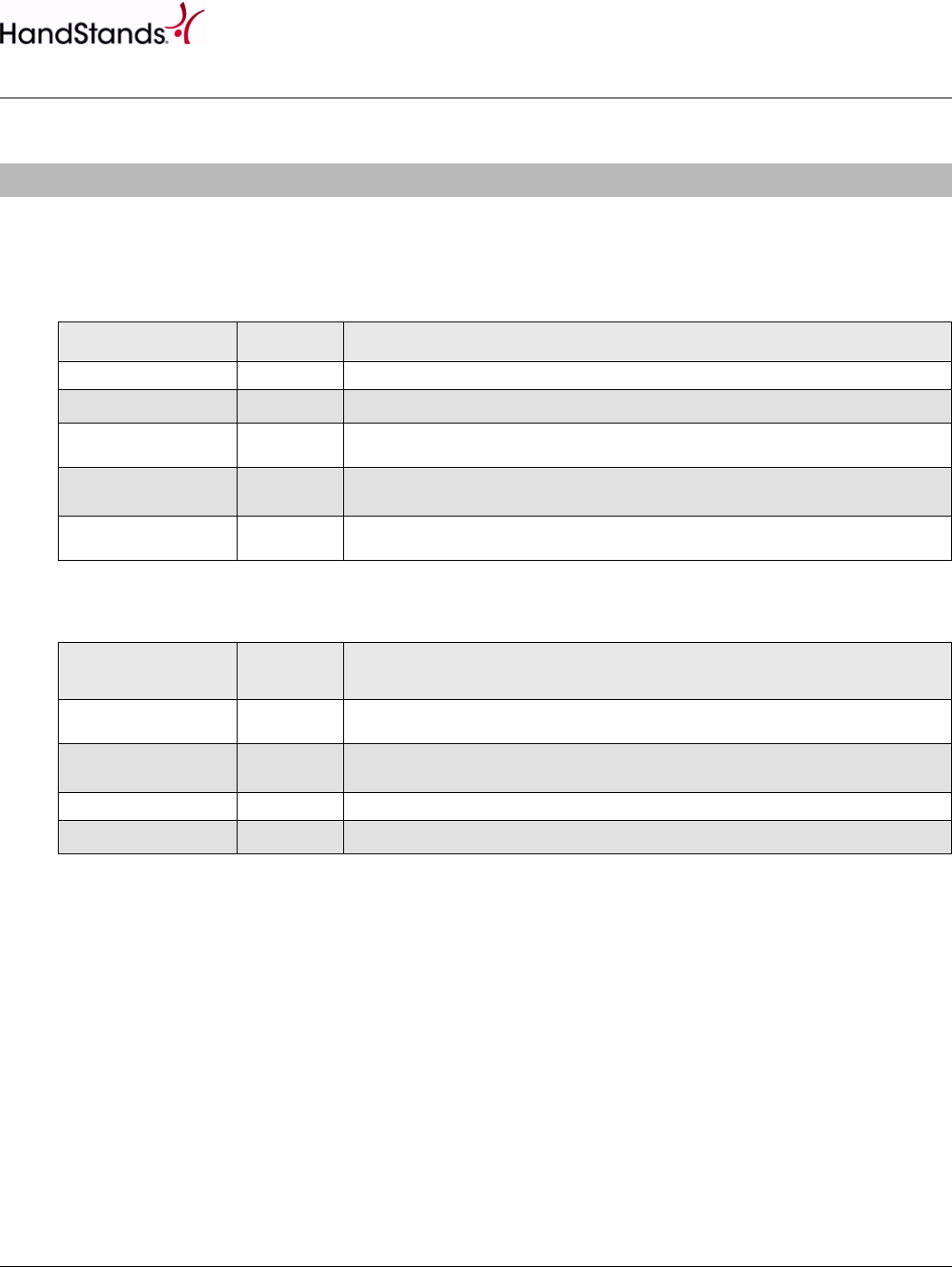
The cargo is not intended to be carried in bulk.
Hazardous Materials Identification System. American Coatings Association.
National Fire Protection Association: Standard System for the Identification of the Hazards of Materials for Emergency Re-
sponse (United States).
Chemical safety assessments for substances in this mixture were not carried out.
14.7 Transport in bulk according to Annex II of MARPOL and the IBC Code
SECTION 15: Regulatory information
15.1 Safety, health and environmental regulations specific for the product in question
Industry or sector specific available guidance(s)
NPCA-HMIS® III
Category Rating Description
Chronic / none
Health 2 temporary or minor injury may occur
Flammability 2 material that must be moderately heated or exposed to relatively high ambient tem-
peratures before ignition can occur
Physical hazard 0 material that is normally stable, even under fire conditions, and will not react with wa-
ter, polymerize, decompose, condense, or self-react. Non-explosive
Personal protective
equipment
-
NFPA® 704
Category Degree of
hazard
Description
Flammability 2 material that must be moderately heated or exposed to relatively high ambient tem-
peratures before ignition can occur
Health 2 material that, under emergency conditions, can cause temporary incapacitation or re-
sidual injury
Instability 0 material that is normally stable, even under fire conditions
Special hazard
15.2 Chemical Safety Assessment
Safety Data Sheet
acc. to 29 CFR 1910.1200 App D
Version number: 1.0 Date of compilation: 2016-01-22
United States: en
HS 181 SDS-02:
Page: 9 / 10
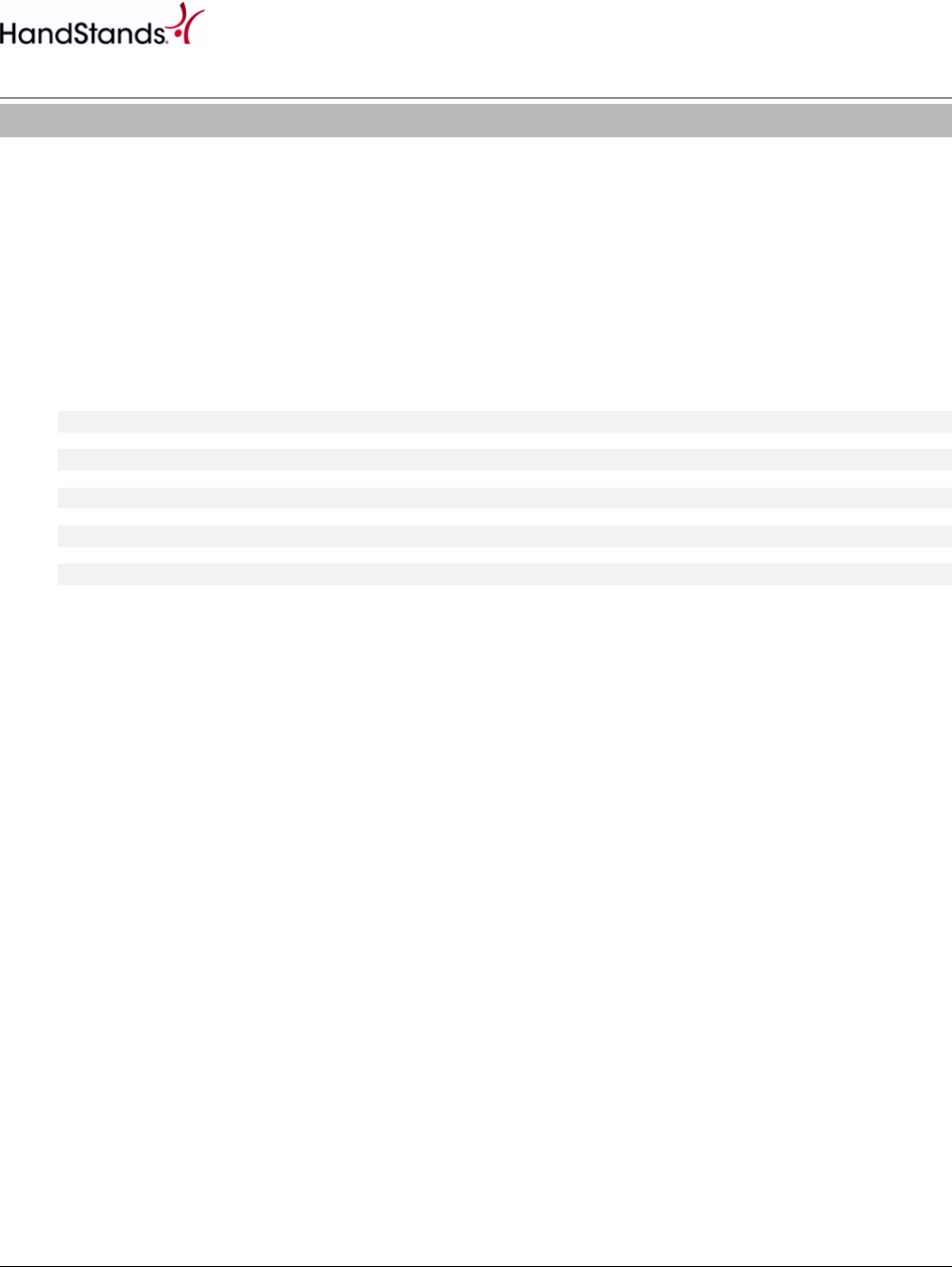
OSHA Hazard Communication Standard (HCS), 29 CFR 1910.1200.
Transport of dangerous goods by road or rail (49 CFR US DOT). International Maritime Dangerous Goods Code (IMDG).
Dangerous Goods Regulations (DGR) for the air transport (IATA).
Physical and chemical properties. The classification is based on tested mixture. Health hazards. Environmental hazards.
The method for classification of the mixture is based on ingredients of the mixture (additivity formula).
This SDS has been compiled and is solely intended for this product. The information provided in this Safety Data Sheet is
correct to the best of our knowledge, information and belief at the date of its publication. The information given is de-
signed only as a guide for safe handling, use, processing, storage, transportation, disposal and release and is not to be
considered a warranty or quality specification. The information relates only to the specific material designated and may
not be valid for such material used in combination with any other materials or in any process, unless specified in the text.
SECTION 16: Other information, including date of preparation or last revision
Key literature references and sources for data
Classification procedure
List of relevant phrases (code and full text as stated in chapter 2 and 3)
List of relevant phrases (code and full text as stated in chapter 2 and 3).
Code. Text.
H227. Combustible liquid.
H301. Toxic if swallowed.
H302. Harmful if swallowed.
H304. May be fatal if swallowed and enters airways.
H311. Toxic in contact with skin.
H315. Causes skin irritation.
H317. May cause an allergic skin reaction.
H319. Causes serious eye irritation.
H331. Toxic if inhaled.
H361f. Suspected of damaging fertility.
Disclaimer
Safety Data Sheet
acc. to 29 CFR 1910.1200 App D
Version number: 1.0 Date of compilation: 2016-01-22
United States: en
HS 181 SDS-02:
Page: 10 / 10
